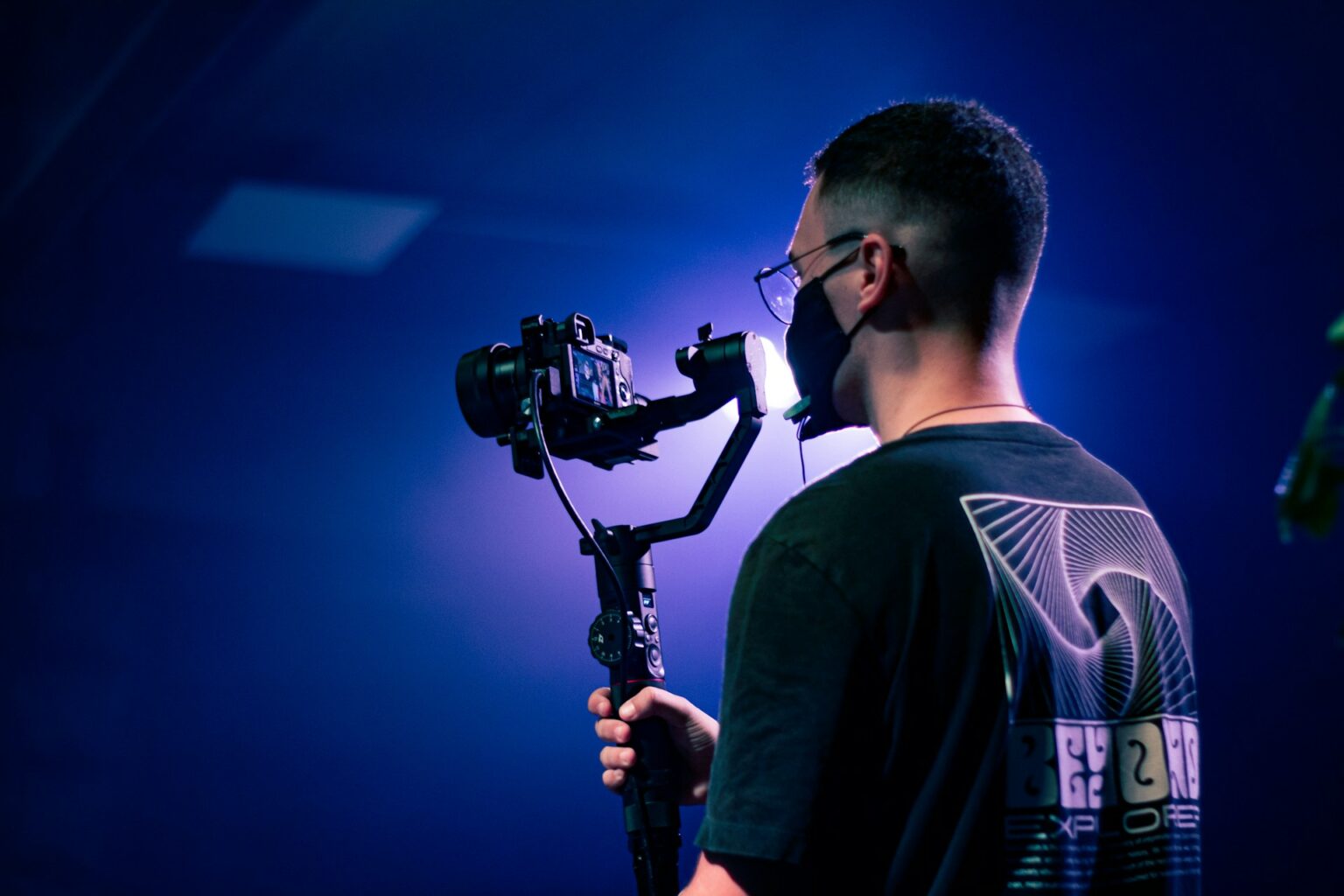Introduction:In recent years, gimbals have gained immense popularity among content creators and filmmakers for their ability to capture smooth and stabilized footage. Whether you’re shooting with a smartphone, action camera, or even a DSLR, gimbals offer a game-changing solution to eliminate shaky footage and elevate the quality of your videos. In this blog post, we’ll dive into everything you need to know about gimbals, from what they are and how they work, to their benefits and tips for using them effectively. Let’s get started!
What is a Gimbal?
A gimbal is a handheld device designed to stabilize cameras and other recording devices by counteracting unwanted movements and vibrations. It consists of three motorized axes that work together to keep the camera steady and balanced in any orientation.
How Does a Gimbal Work?
Gimbals use advanced sensors and motors to detect and counteract any movement or vibrations. The three axes—pan, tilt, and roll—allow the gimbal to stabilize the camera along those respective axes. By continuously adjusting the position of the camera, the gimbal ensures smooth and steady footage.
Benefits of Using a Gimbal:
- Stability: The primary benefit of using a gimbal is the ability to capture stable footage, even while moving or walking.
- Professional-Looking Shots: Gimbals enable you to achieve professional-level camera movements, such as smooth pans, tilts, and tracking shots.
- Versatility: Gimbals are compatible with various cameras, from smartphones to DSLRs, making them suitable for a wide range of content creators.
- Creative Freedom: With a gimbal, you can experiment with different angles and movements, adding creativity and visual appeal to your videos.
- Time-Saving: Gimbals reduce the need for extensive post-production stabilization, saving you time in the editing process.
Types of Gimbals:
- Handheld Gimbals: These are the most common type and are held in your hand while shooting. They are portable and suitable for vlogging, travel videos, and general videography.
- Wearable Gimbals: Designed to be worn or attached to your body, these gimbals are ideal for capturing smooth footage during activities like running, biking, or any other action sports.
- Drone Gimbals: Drones often come equipped with gimbals to stabilize the onboard camera, allowing for aerial footage with minimized vibrations and movements.
Tips for Using a Gimbal:
- Balance Your Camera: Properly balancing your camera on the gimbal is crucial for optimal performance. Follow the manufacturer’s instructions to achieve the correct balance.
- Practice and Experiment: Spend time practicing with your gimbal to get comfortable with its controls and explore different shooting techniques.
- Use Smooth Movements: Avoid sudden jerks or fast movements while operating the gimbal. Slow and smooth movements will result in the best footage.
- Combine with Other Accessories: Enhance your gimbal shots by using additional accessories like an external microphone, LED lights, or wide-angle lenses to improve the overall quality of your videos.
Investing in a gimbal can be a game-changer for content creators looking to capture smooth and professional-looking footage. With their advanced stabilization technology and versatility across different cameras, gimbals have become an essential tool in the filmmaking and content creation industry. By understanding how gimbals work and following the tips provided, you’ll be well-equipped to create stunning videos with ease. So, go ahead, grab a gimbal, and unlock a whole new level of visual storytelling!
